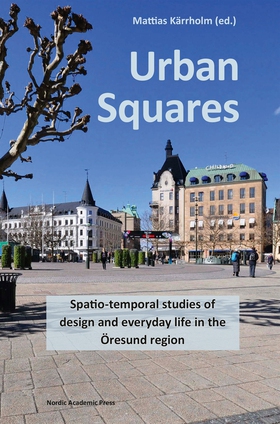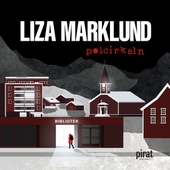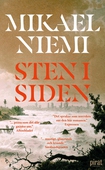
Lägg till önskelistan
Urban Squares : spatio-temporal studies of design and everyday life in the Öresund region e-bok
Pris
149 kr
Urban Squares suggests a specific and fresh take on agorology – the study of urban squares. The approach is one of recording everyday life and focusing on different ways to describe and investigate the public life and space of urban squares. The book comprises four empirical case studies of squares focusing especially on the urban material culture and spatio-temporal changes of these squares. The squares are all located in the metropolitan and transnational Öresund region in between Denmark a...
E-Bok
149 kr
Pris
Förlag
Nordic Academic Press
Utgiven
29 Februari 2016
Genrer
Samhälle Och Politik, Fackböcker
Språk
English
Format
epub
Kopieringsskydd
Vattenmärkt
ISBN
9789187675508
Urban Squares suggests a specific and fresh take on agorology – the study of urban squares. The approach is one of recording everyday life and focusing on different ways to describe and investigate the public life and space of urban squares. The book comprises four empirical case studies of squares focusing especially on the urban material culture and spatio-temporal changes of these squares. The squares are all located in the metropolitan and transnational Öresund region in between Denmark and Sweden, a region that has gone through extensive transformations during the last couple of decades.
The four cases written by initiated scholars represent different images of how urban life and the space of these squares has changed. They include studies of changing day-to-day uses over time (Stortorget, Malmö), of changing rhythms of public eating and its consequences on how to address questions of urban design (Värnhemstorget, Malmö), of changing planning tools and its implementation in an urban renewal process (Slussplan, Malmö), and of new designerly ways of addressing community and spatial appropriation (at Superkilen, Copenhagen).
The compilation of cases suggest different ways of addressing spatio-temporal aspects of the everyday life of urban squares, and helps us to see how the everyday life of squares plays an important part in the production of public space. The authors hope that their discussions might open up for new perspectives on urban design and public life, as well as point to the possible development of a more extensive agorology of everyday life.




